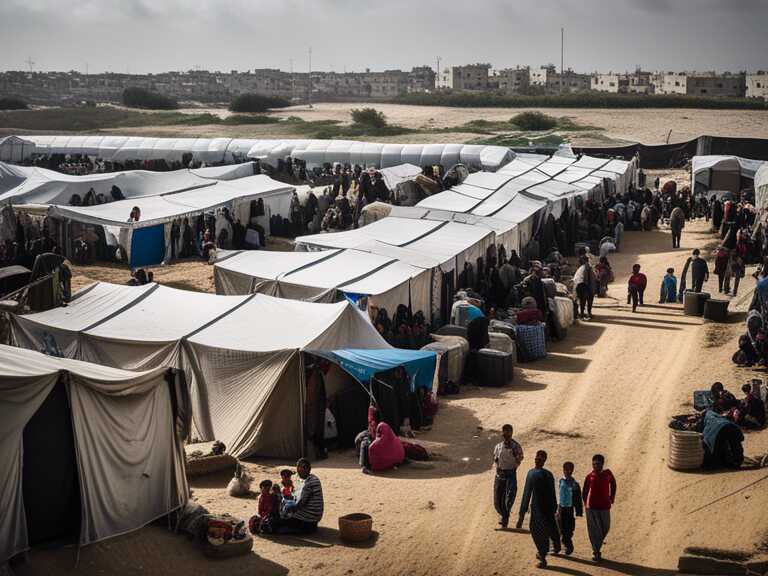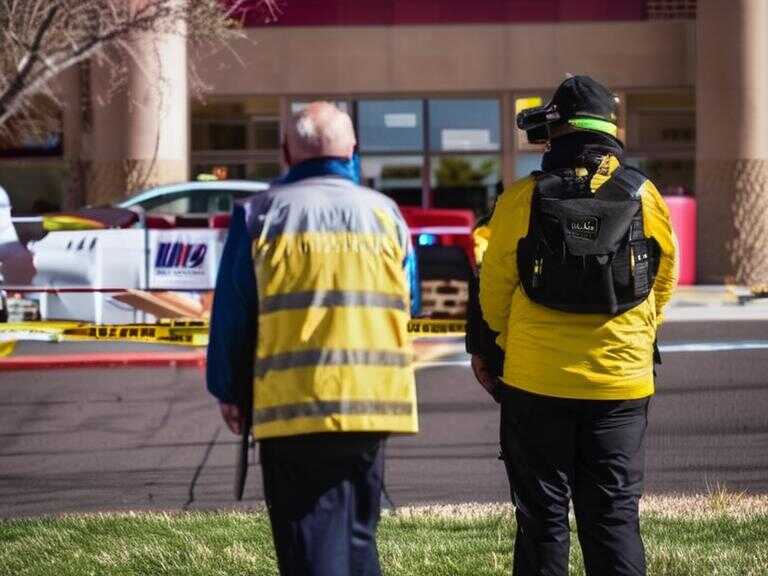
Gaza's Humanitarian Areas Shrink to 11% Amid Israeli Military Campaign, Forcing Population Displacement
Gaza's humanitarian areas shrink to 11%, forcing 250,000 people to relocate, causing overcrowding and lack of basic services for 2.2 million residents.

The Gaza Strip is facing a dire humanitarian crisis as designated humanitarian areas, as per Israeli military orders, have now shrunk to a mere 11% of its total territory, according to the United Nations. The relentless military campaign by Israel has led to a series of eviction notices, causing Palestinians to be squeezed into ever-smaller patches of land. The situation has escalated to such an extent that the affected areas now have to accommodate the population of approximately 2.2 million people within a confined space of roughly 15 square miles, which is around two-thirds the size of Manhattan. This has resulted in overcrowding and a severe lack of basic services, including clean water.
Eviction Orders and Population Movements
In just the month of August, the Israel Defense Forces (IDF) issued a staggering 12 evacuation orders, with the latest one reported on a Saturday afternoon, displacing as many as 250,000 individuals in their quest for safety. These orders have driven people towards Muwasi, a former fishing village on the Mediterranean coast of Gaza, which has now transformed into a densely populated tent camp. Others have sought refuge in Deir Al-Balah, located in central Gaza.
The shrinking designated humanitarian areas have resulted in severe overcrowding and a critical lack of essential services. The lack of access to clean water and proper sanitation has further exacerbated the already dire living conditions for the displaced population. The United Nations, through satellite imagery analysis, has been able to ascertain the extent of these evacuations and their impact on the affected areas.
Justifications and Mitigating Civilian Harm
The IDF, while designating the borders of the humanitarian areas, asserts that the issuance of evacuation orders is aimed at minimizing civilian harm. They claim that adjustments to the designations were made in response to rockets and mortars being fired towards Israel from the humanitarian zones. However, the continuous displacement of a significant portion of the Gazan population raises pressing questions about the actual effectiveness of these measures in safeguarding civilian lives.
Share news















